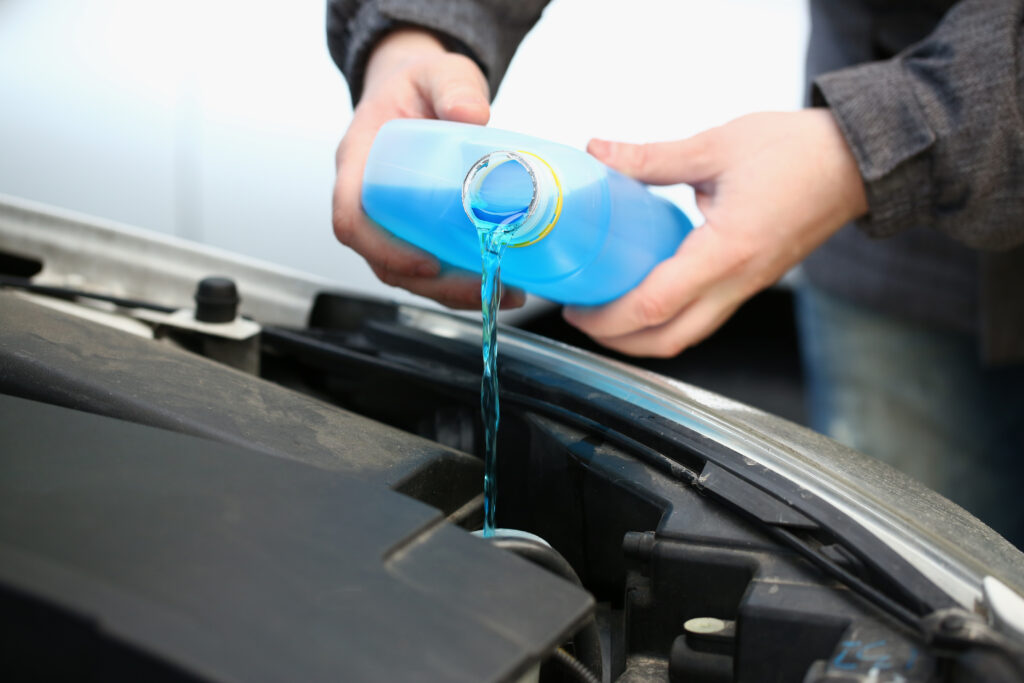When temperatures drop, your car’s windshield may face more risks than you realize. Cracks and chips are common issues during colder months, but why does cold weather affect your windshield, and what can you do to prevent damage? Let’s dive into the science, the risks, and how to protect your auto glass from winter’s wrath.
How Does Cold Weather Crack Windshields?
Your windshield is built to endure various conditions, but extreme cold can make it more prone to damage. Here’s why:
Thermal Stress: Glass naturally expands and contracts with temperature changes. When the outside temperature is freezing, blasting your defroster with hot air causes a rapid temperature shift, creating stress on the glass. Over time, this stress can lead to cracks.
Existing Windshield Chips: Small chips or imperfections in your windshield become weak spots in freezing weather. These areas are more likely to expand and develop into full-blown cracks under cold conditions.
Ice Removal Tactics: Scraping ice off your windshield with sharp tools or pouring hot water directly onto the glass can weaken it further, significantly increasing the risk of cracks.
Common Winter Activities That Can Cause Cracks
While the cold itself plays a role, certain activities during winter can exacerbate the problem:
- Using Hot Air on Frozen Glass: Quickly defrosting your windshield with maximum heat can cause the glass to expand too fast, leading to stress cracks.
- Driving Through Icy Conditions: Hitting road debris like salt, rocks, or ice chunks at high speed can chip your windshield.
- Heavy Snow or Ice Build-Up: Parking under trees laden with snow or ice can lead to falling debris that damages your glass.
Tips to Protect Your Windshield in Winter
Protecting your windshield from cold-weather damage doesn’t require much effort but can save you time and money. Here are some effective tips:
- Defrost Gradually: Avoid blasting your heater at full force when defrosting. Start with cooler air and gradually increase the temperature.
- Invest in a Windshield Cover: Use a cover to protect your windshield from frost and ice overnight. This reduces the need for scraping or sudden heat exposure.
- Repair Windshield Chips Promptly: A minor chip can spread quickly in freezing conditions. Fixing small issues early prevents costly repairs later.
- Clean Your Wipers: Frozen or worn wiper blades can scratch your windshield. Keep them clean and replace them if necessary.
- Park in a Garage: Whenever possible, park in a covered area to protect your vehicle from the elements.
When Should You Seek Professional Help?
Even with the best prevention measures, cracks and chips can still happen. Here are some signs it’s time to call a professional:
- A crack is spreading or obstructing your view.
- Chips are larger than a quarter or near the edges of your windshield.
- Your defroster isn’t clearing the glass properly due to hidden cracks.
At Omni Auto Glass, we specialize in auto glass repair and replacement services, making it easy to address windshield issues before they become dangerous.
Conclusion
Cold weather can crack windshields, but with a little care and attention, you can reduce the risk and keep your car safe. Protect your windshield by defrosting carefully, repairing chips promptly, and avoiding activities that stress the glass. If you notice any damage, don’t wait—contact Omni Auto Glass today for expert repairs and peace of mind.
Back to top: Can Cold Weather Crack Windshields?




